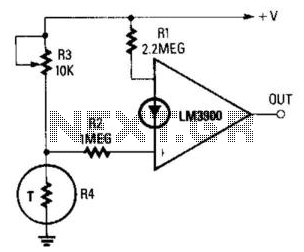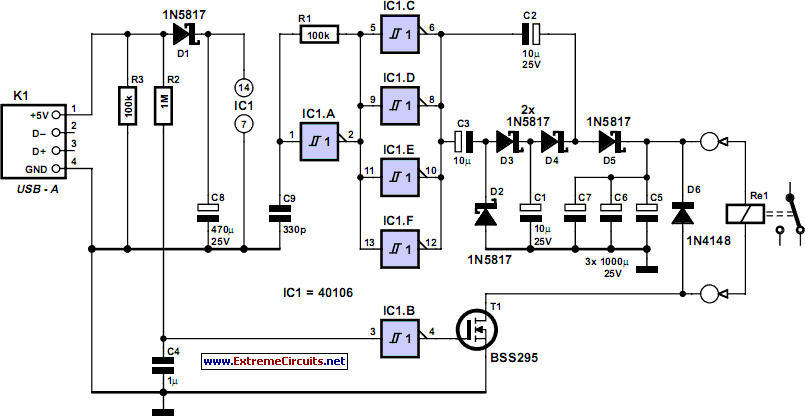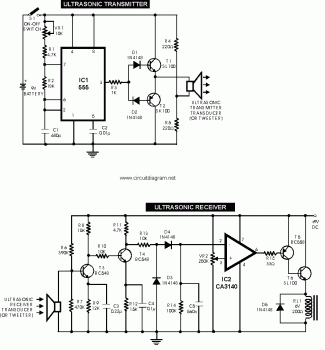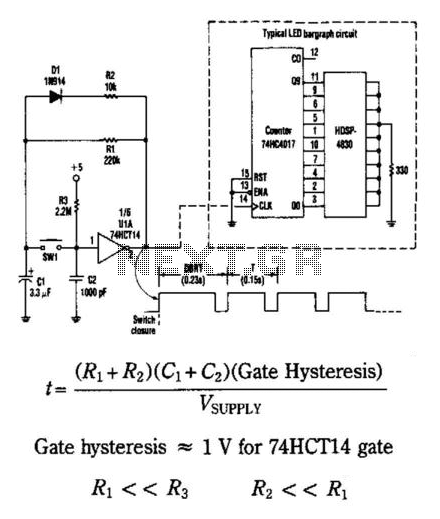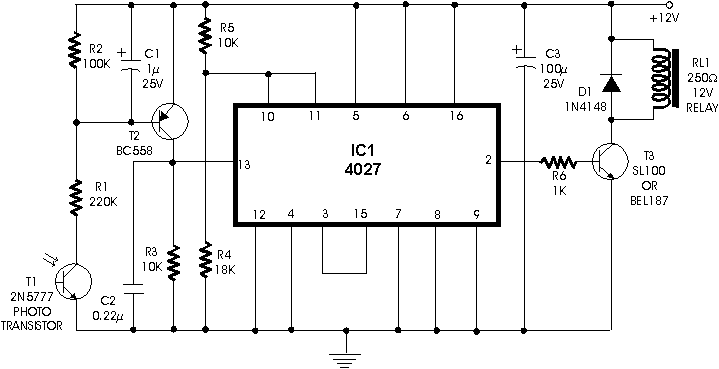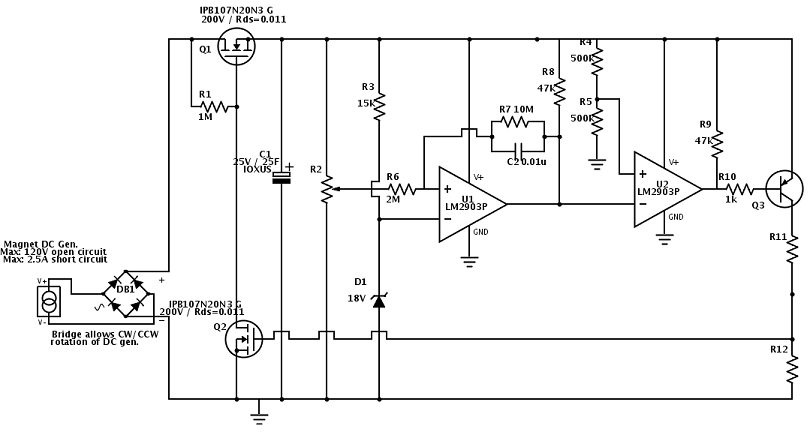
Bedini/Cole Bipolar switch
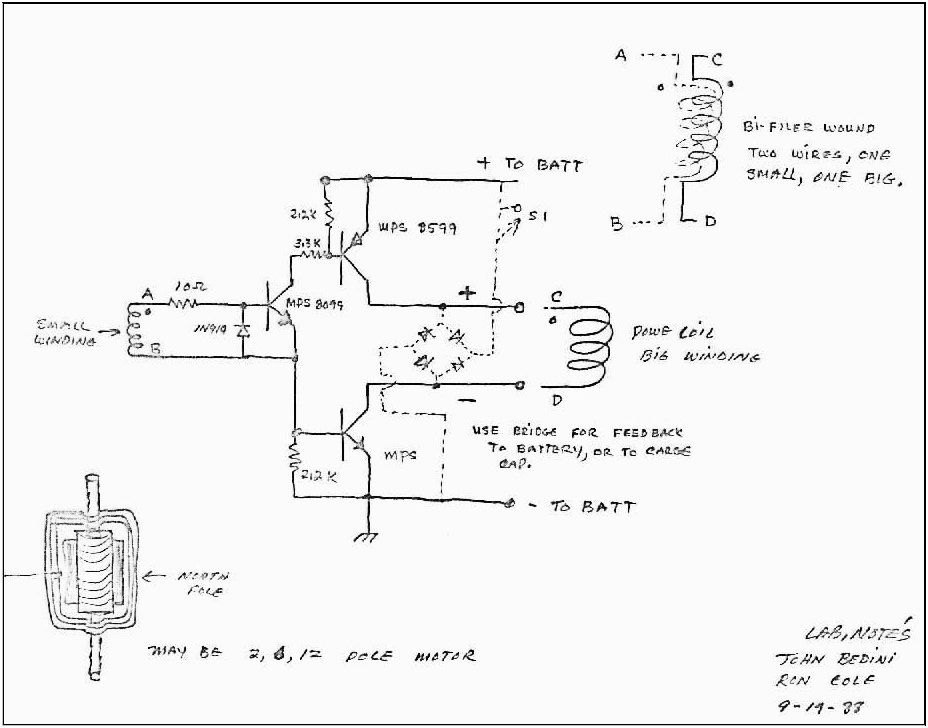
The modification includes two trigger coils, two power coils, and one reed switch. The wheel is equipped with four north pole magnets, which generate nine radiant pulses per rotation.
The described circuit features a configuration designed to harness electromagnetic induction. The two trigger coils serve as sensors that detect the movement of the north pole magnets affixed to the rotating wheel. As the magnets pass by the trigger coils, they induce a voltage in the coils due to the changing magnetic field, which can be used to generate electrical pulses.
The two power coils are likely intended to convert the induced voltage into usable electrical energy. This energy can be used to power a load or recharge a battery. The design may incorporate a rectifier circuit to convert the alternating current (AC) generated in the coils into direct current (DC), suitable for powering electronic devices.
The reed switch acts as a control mechanism in this setup. It is a type of electromechanical switch that closes when exposed to a magnetic field. In this circuit, the reed switch could be used to activate or deactivate the power coils based on the presence of the magnetic field from the north pole magnets. This feature allows for precise control over the timing of energy generation, ensuring that the power coils are only active when necessary.
The wheel's configuration, with four north pole magnets, ensures that as it rotates, the trigger coils experience multiple magnetic field changes, leading to the generation of nine radiant pulses per complete rotation. This design maximizes the efficiency of energy harvesting from the mechanical rotation, making it suitable for applications such as renewable energy generation, where mechanical motion is converted into electrical energy.
Overall, this schematic represents an innovative approach to energy generation through electromagnetic induction, with a focus on optimizing the interaction between magnetic fields and coils to produce a reliable electrical output.My modification, i have two trigger coils , two power coils, one reed switch. The wheel is 4 north pole magnet, it generates 9 radiant pulses per.. 🔗 External reference
The described circuit features a configuration designed to harness electromagnetic induction. The two trigger coils serve as sensors that detect the movement of the north pole magnets affixed to the rotating wheel. As the magnets pass by the trigger coils, they induce a voltage in the coils due to the changing magnetic field, which can be used to generate electrical pulses.
The two power coils are likely intended to convert the induced voltage into usable electrical energy. This energy can be used to power a load or recharge a battery. The design may incorporate a rectifier circuit to convert the alternating current (AC) generated in the coils into direct current (DC), suitable for powering electronic devices.
The reed switch acts as a control mechanism in this setup. It is a type of electromechanical switch that closes when exposed to a magnetic field. In this circuit, the reed switch could be used to activate or deactivate the power coils based on the presence of the magnetic field from the north pole magnets. This feature allows for precise control over the timing of energy generation, ensuring that the power coils are only active when necessary.
The wheel's configuration, with four north pole magnets, ensures that as it rotates, the trigger coils experience multiple magnetic field changes, leading to the generation of nine radiant pulses per complete rotation. This design maximizes the efficiency of energy harvesting from the mechanical rotation, making it suitable for applications such as renewable energy generation, where mechanical motion is converted into electrical energy.
Overall, this schematic represents an innovative approach to energy generation through electromagnetic induction, with a focus on optimizing the interaction between magnetic fields and coils to produce a reliable electrical output.My modification, i have two trigger coils , two power coils, one reed switch. The wheel is 4 north pole magnet, it generates 9 radiant pulses per.. 🔗 External reference
